sample-316
Paris Jorg Exhibition
20140906 in Paris
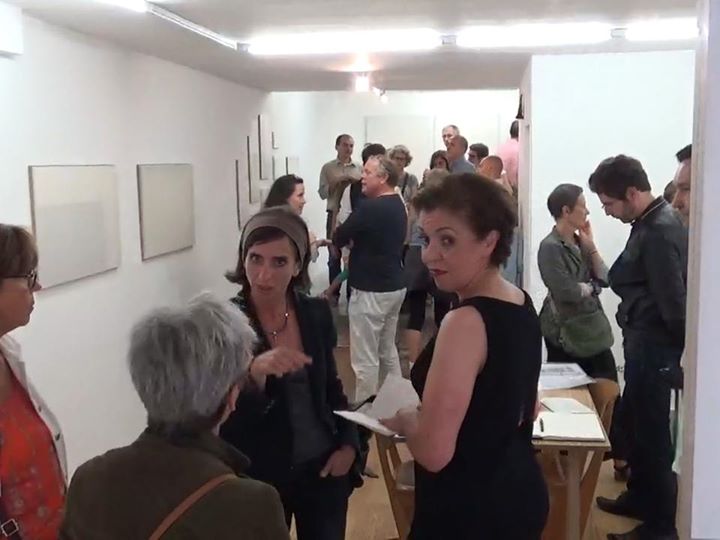
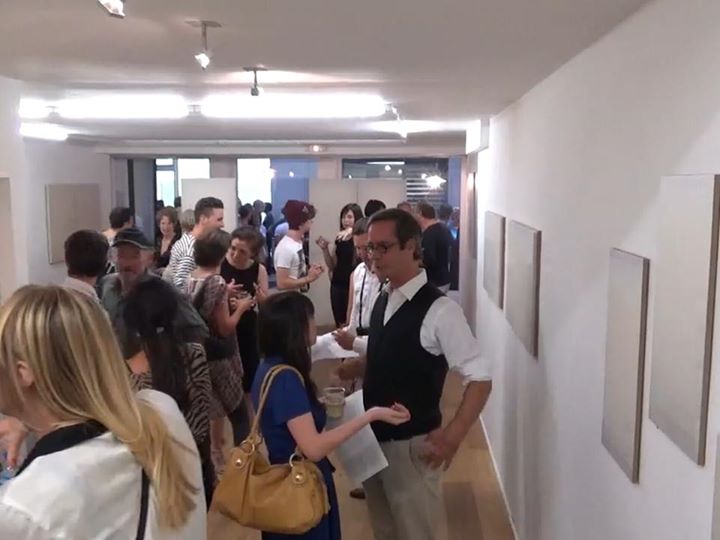
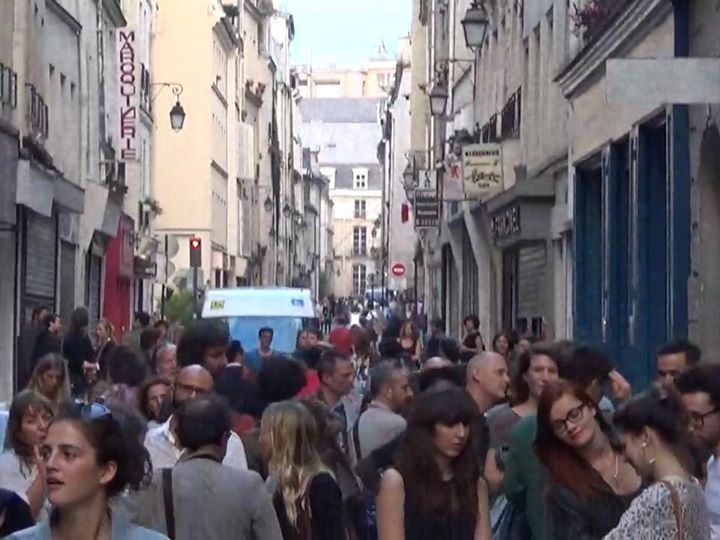
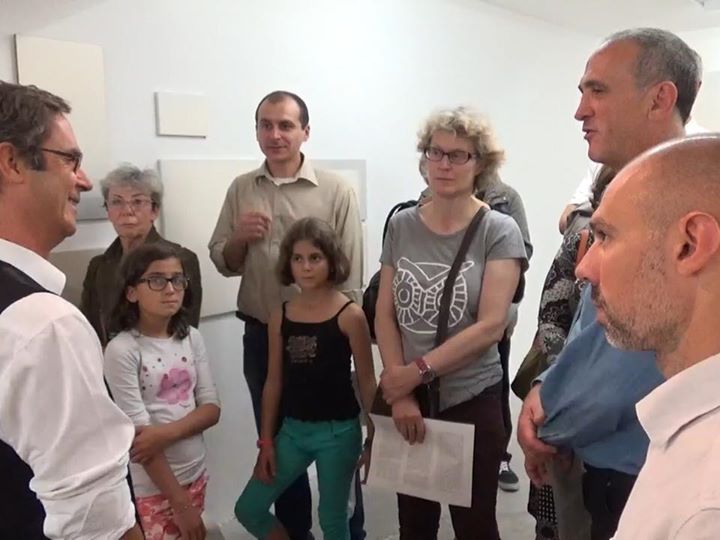
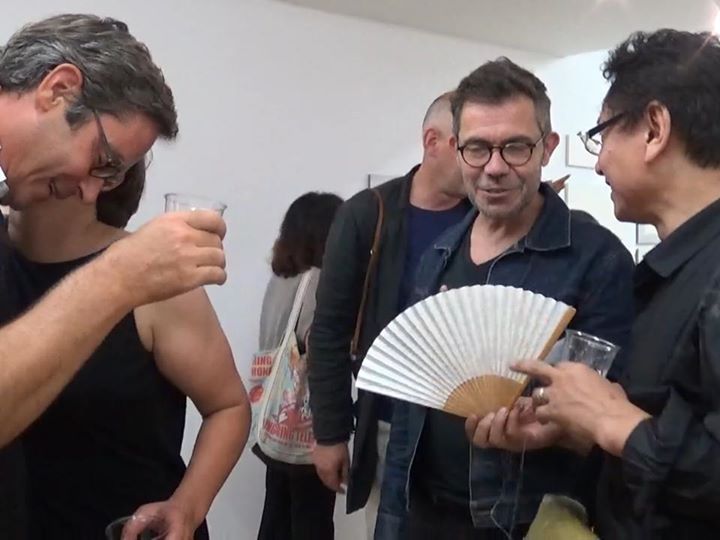
COMMUNIQUÉ DE PRESSE
JORG GESSNER : the story of a white sheet
from the 6 September to October 18 2014
58 rue Chapon 75003 Paris
Opening saturday the 6 September from 4 p.m to 8 p.m
The gallery will be closed from the 26 September to 2 October
You will discover the story artist Jorg Gessner shares with us
on the pages of a wordless novel. This tale is both his story and that
of another culture, another civilization. It is while living and traveling
through Japan that the designer met Yoshinao Sugihara, a tenth generation
descendant of Hanshirou Sugihara, the founder of the real washi manufacture.
The washi ritual
Washi? This story could be an adventurers novel, that of a secret:
the secret of manufacturing quality paper, which belonged exclusively to
the Chinese and Japanese cultures right until the 8th century, when it was
mastered by the Arabs. But this story could be that of the country of the
rising sun as well. And as the sun rises over these lands, the men and the
women of Japan discovered before the rest the true face of light.
The immaculate sheets that compose Jorg Gessner’s silent novel translate,
nevertheless the memory of the light spectrum evolving over time.
Declined in the most delicate shades, this silent tale will immerse you far
beyond the production and into a process involving knowledge, method,
rhythm and style, in other words a ritual, resulting in the creation of
the washi.
It is impossible to reduce the making of washi into a simple act of
manufacturing, or a simple technical ability. Impossible as well to
constrain washi masters to the artisan category. What takes place during
this protocol is deeply influenced by its relationship to the world
surrounding it, and knowledge transformed into tradition. Indeed,
the path that leads to this secular washi binds men to their land.
It is on this land that the paper mulberry which provides the fiber
crop grows. Rinsed, dried and gathered, the various bush barks undergo
an elaborate treatment. The papermaker heats, beats and kneads thoroughly
the fibers until he obtains a delicate layer of white fibers. Then,
once again, the nourishing land provides him with the purest source
water used during rest of the process. From a layer to the next,
gestures follow one another: dip, movement, flow. As time passes,
water circulation slows down, and hand movements go along gently with
this birth, they give life to the fibers and the bonding of the layers.
Pressed and spread over the wooden flatbeds, the fibers mold strongly
together as they dry. The sheet becomes one.
Quest for the essential
Once we have described the ceremonial ritual taking place in the
silence of a lingering day, what we have left to do is to apprehend the
particular essence of this human invention created from nature to accompany
our discovery of the world. In his book The paper Road, Erik Orsenna retraces
this breakthrough in human history and Jorg Gessner provides us with a whole
different understanding of this history which, as we know it already,
is one without words or signs. On the other hand, it leads us through a
sensitive approach to light. In a society that has manage to reveal a
“Praise of Shadows”, (« In Praise of Shadows ») the principles of
the infinitesimal are present everywhere, all the time: in the delicate
contour of the stone, in the discretion of a politesse sign, in the
contemplation of a temple, in the subtlety of light beams.
But this time we are here, Jorg Gessner’s overlapped, shifted and
suspended washi aspire to be this minimal art that leads us to self-restraint
and silence.
Even though Jorg Gessner’s career as a designer requires him to allay,
on a daily basis, form and function, with this exhibition, he shifts towards
the path of the essential and that of the principles he discovered in Japan.
It will be then a matter of light, shades, sensibility, but also of a
fundamental quest.
This tale is not written. The sheet remains clean, but it carries within
itself, within each and every one of its fibers, memories to be discovered.
Korean artist Lee Ufan said in 2011 at the Guggenheim Museum in New York:
« What we see here is questioning the idea of civilization ».
Visit the show at Galerie Fatiha Selam with this idea in mind.
Claude Guibert
Address: 58 Rue Chapon — 75003 Paris
Opening Hours: Tuesday to saturday from
11 to 7 p.m and on appointment.
Tel : +33 (0)6 61 21 13 58
mail : galerie@fatihaselam.com
www.fatihaselam.com
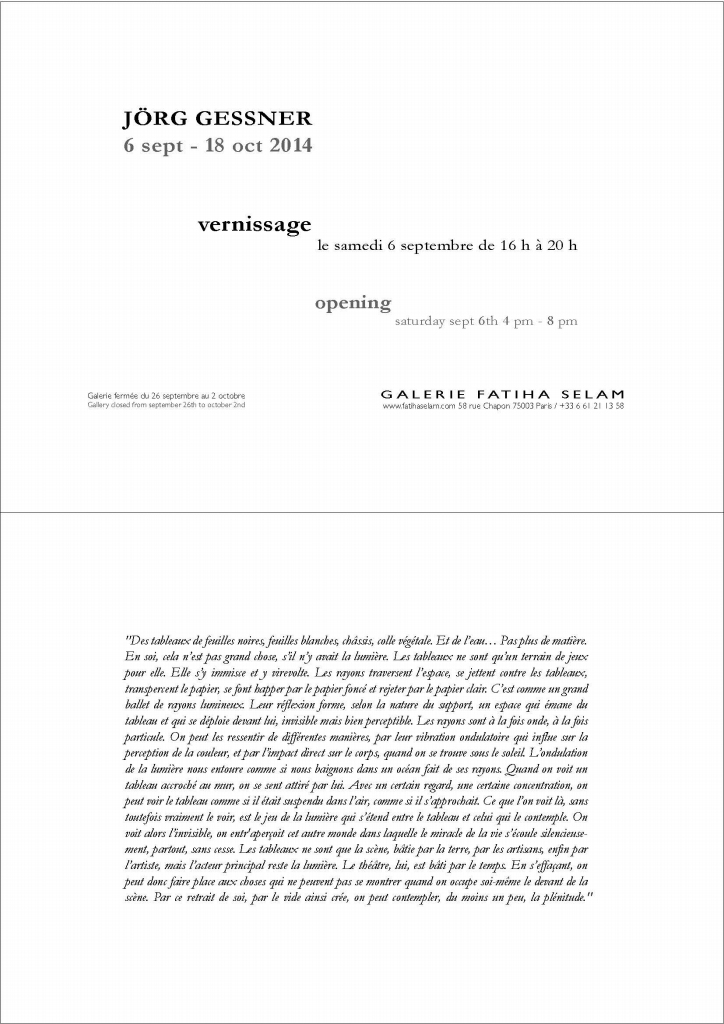
special thanks
airy-rhyme.co.jp
Chanson Echizen- Papier fait à la main (washi)
Je suis né dans cette région de Echizen où le papier de manufacture japonaise ou washi se produit.
Beaucoup d’années ont déjà passé depuis mon enfance quand j'ai commence à apprendre la technique
de papier japonais en regardant mes parents. Par contre, acutuellement, je me suis devenu le seul
soutien de famille où je m’assoie au foyer traditionnel japonais. Et puis, je reste là pour faire des
commandes et des instructions aux autres.
La technique très précieuse de washi a été donnée en première par la déesse de washi qui s’appelle
Kawakami Gozen. Depuis lors, cette technique est donnée des parents aux enfants et puis aux petits
enfants. De plus, cette tradition continuera d’être transmise à la génération suivante.
Quand j’ai grandi à comprendre les choses, j’ai commencé aussi d’apprendre la fabrication de washi.
Ça fait déjà de nombreuses décennies que je fais ce papier japonais à la main. Pourtant, je ne suis
jamais satisfait même avec la mixture de neri.
*Le neri est une colle indispensable car il permet aux fibres de se répartire correctement dans l’eau et
ainsi d’obtenir un papier de bonne qualité de washi. Comme l’eau se trouve différemment, la
concentration et le degré d’éfficacité de neri se sont aussi différent tous les jours
Un papier très extraordinaire qui s’appelle Hosho fabriqué par nos mains est indispensable même pour
le Seigneur aussi bien que le Shogun.
*Avant les années 1850, lorsque le Japon s’est ouvert vers l’étranger, le Japon a longtemps été la
société de samourai. Dans cette époque, tous les documents officiels devaient êtres écrits sur le
washi de la meilleur qualité ou Hosho produit dans la région de Echizen.
La téchnique donnée par la déesse de washi ou Kawakami Gozen n’est pas quelque chose que nous
pouvons nous arrêter pour les raisons telles que la mauvaise économie ou simplement comme ce
travail est tellement dur.
Le papier fait à la main en gardant un coeur pur et en utilisant l’eau pure se deviendra le washi d’une
haute valeur.
Il faut être patient. La patience est la chose la plus importante. Avec cette patience, il vient l’étape
où il faut retirer les impurités des fibres, les mains plongées dans l’eau froide pendant des heures.
Mais après cette étape, je suis rémunéré avec le revenu.
*Afin de produire du papier japonais de bonne qualité, il y a plusieurs étapes très importante. Par
exemple, il faut bien cuire des fibres sous la chaleur de l’été aussi bien que plonger les mains dans
l’eau froide pour retirer les impurités des fibres pendant l’hiver. Ce type de travail qui a besoin
beaucoup de la patience est très significatif
prépare pour le travail du lendemain et je me laisse travailler tard encore ce jour.
https://www.facebook.com/video.php?v=10201616946545207&l=8361218605467280768


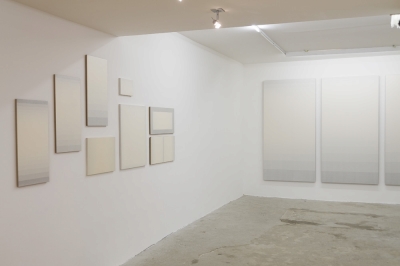
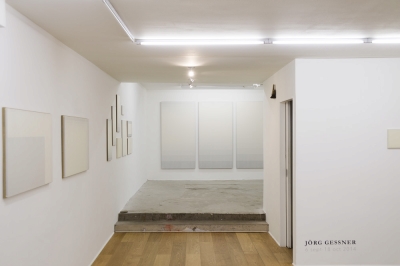
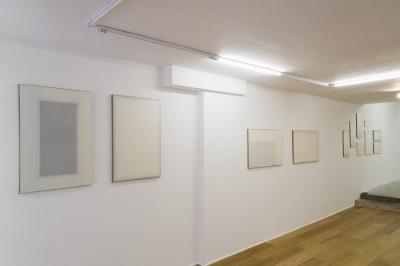
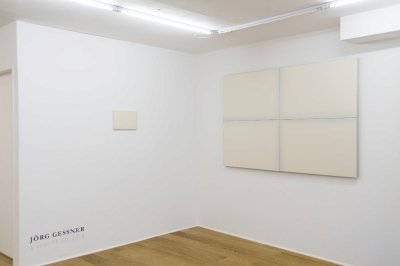
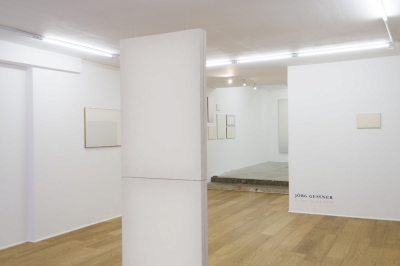
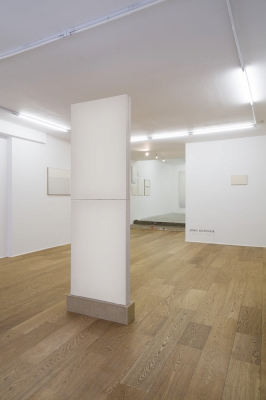
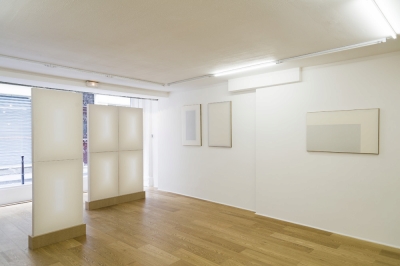
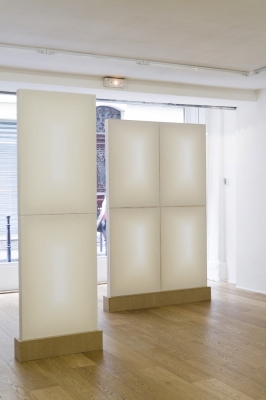
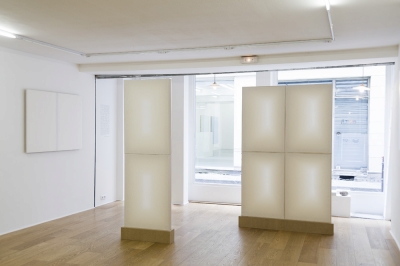
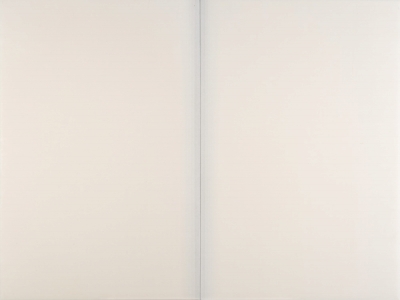
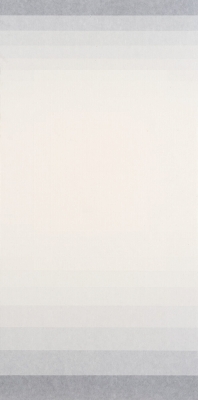
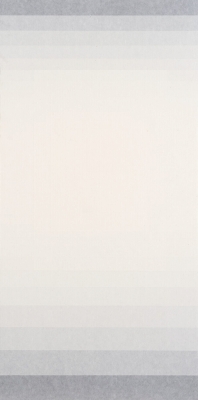
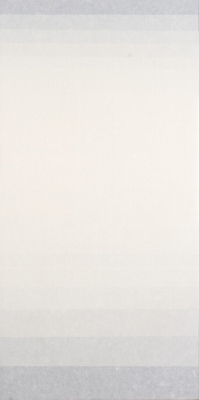
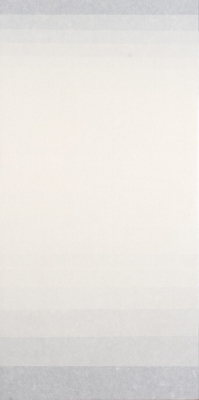
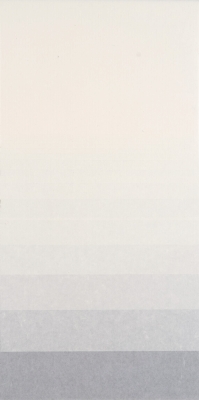
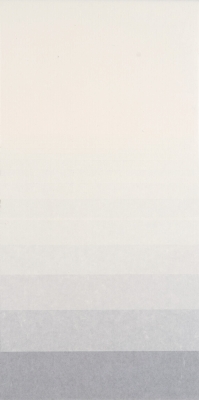
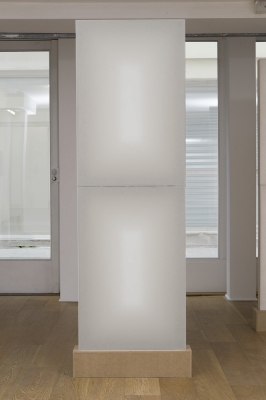
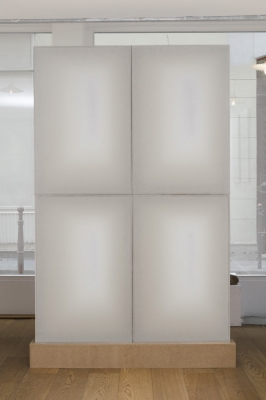
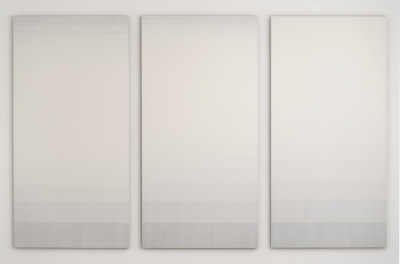
next exhibition in hunting museum
20141021-20150126
MUSEE DE LA CHASSE ET DE LA NATURE
62 rue des Archives - 75003
http://www.chassenature.org
Ouvert du mardi au dimanche, de 11h à 18h
Nocturne le mercredi jusqu’à 21h30
Fermeture le lundi et les jours fériés
Vernissage de l'exposition VOILA LES DELTON ! : lundi 20 octobre à 19h
Du 21 octobre 2014 au 26 janvier 2015
http://yia-artfair.com/content/18-musee-de-la-chasse-et-de-la-nature
This page is maintained by Yoshinao SUGIHARA.
Washi Sommelier and Washi Curator.
SUGIHARA WASHIPAPER, INC.
e-mail:sugihara@washiya.com
http://www.washiya.com/
Fax 81-778-42-0144
Please contact me anything about mentions on this page, questions, opinions, etc.
Also it's more than welcome to have Links to your home pages. All right reserved Copyright(C)Yoshinao SUGIHARA
www.washiya.com


